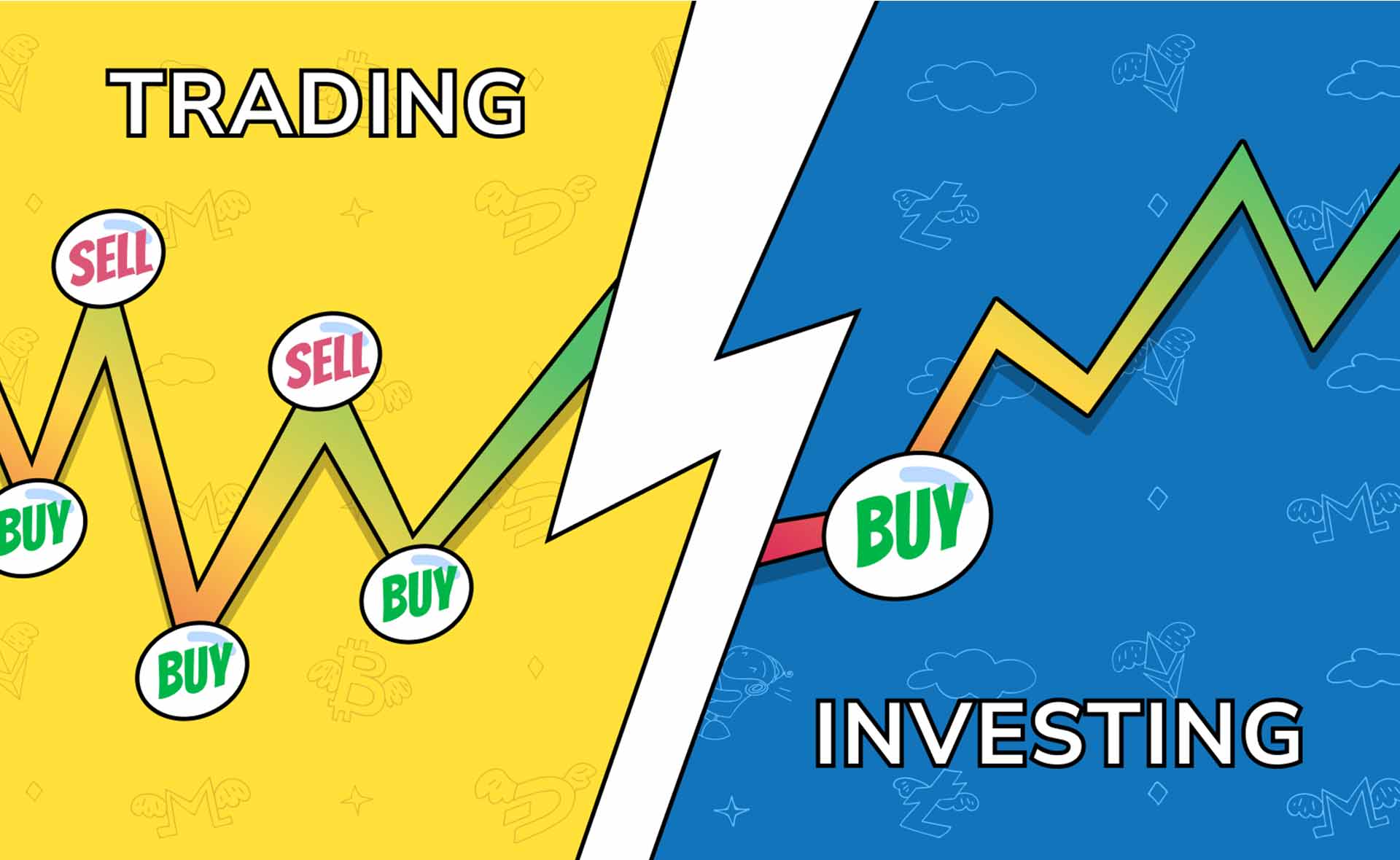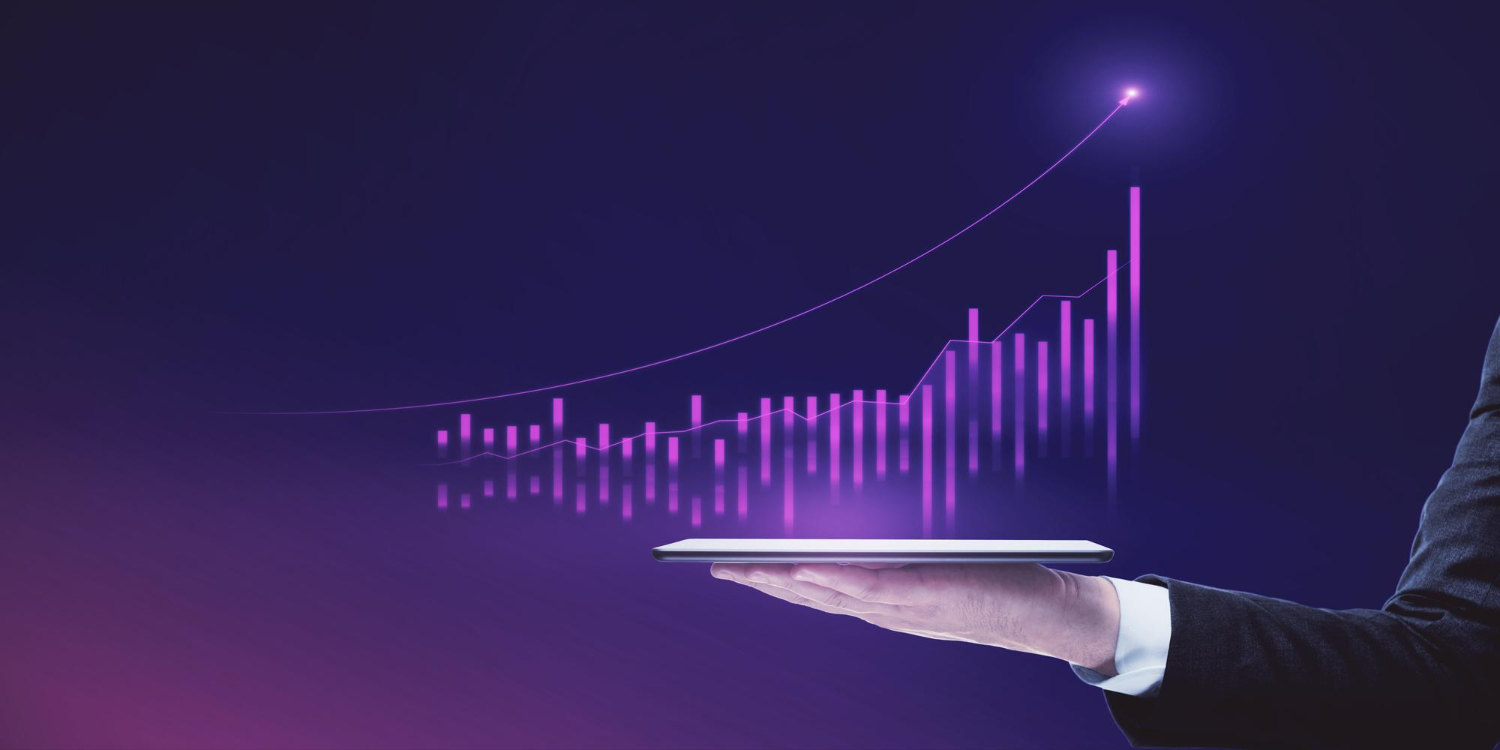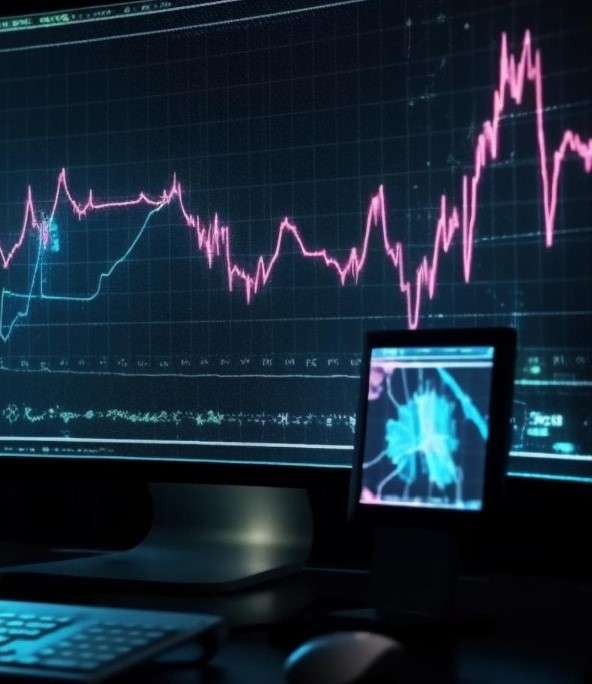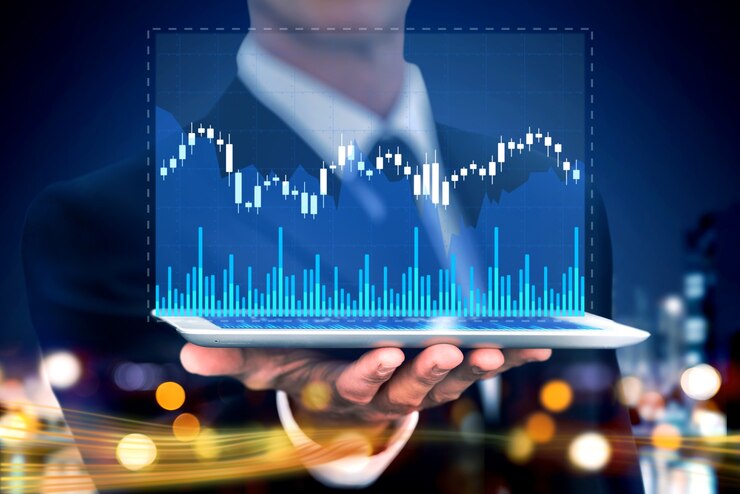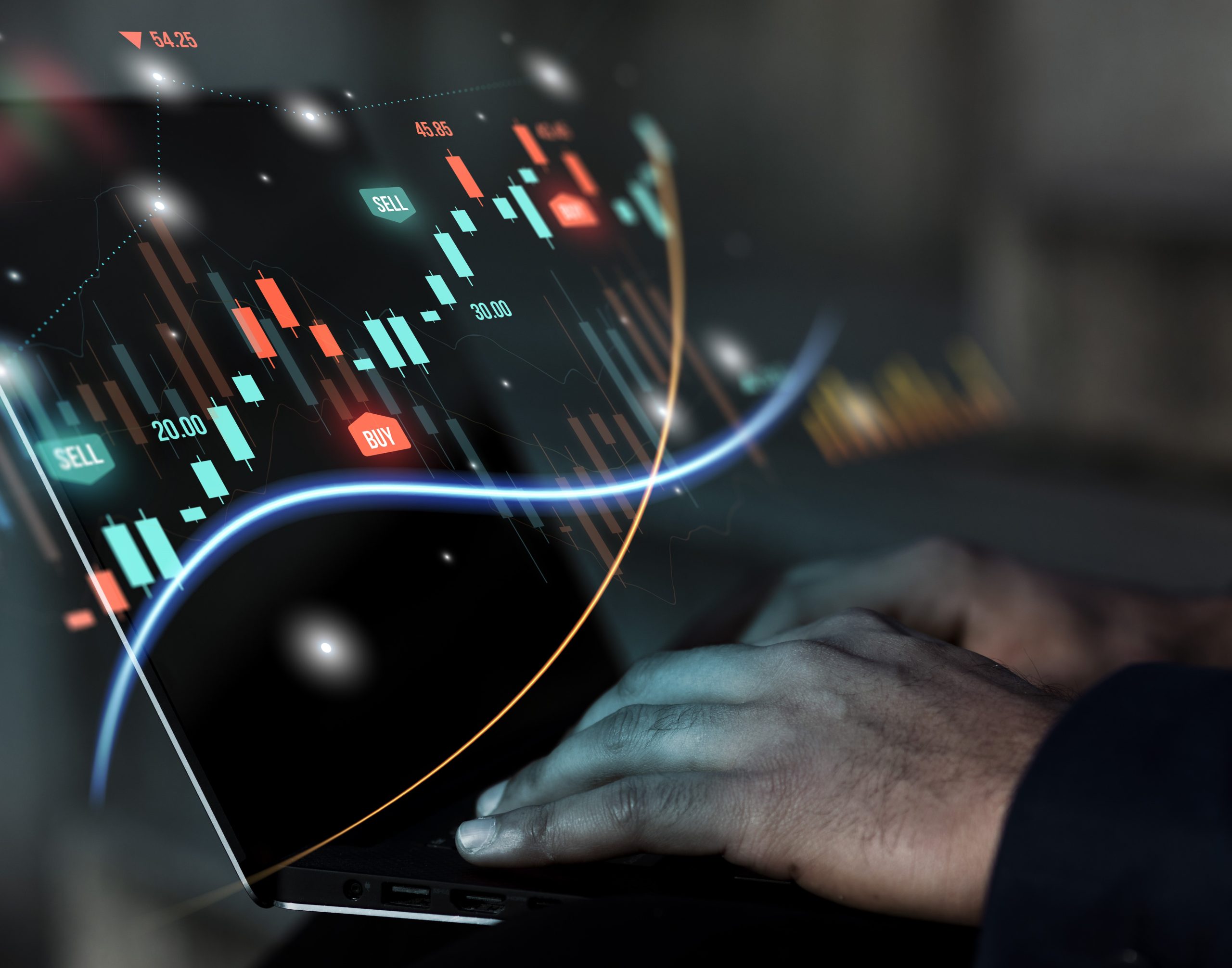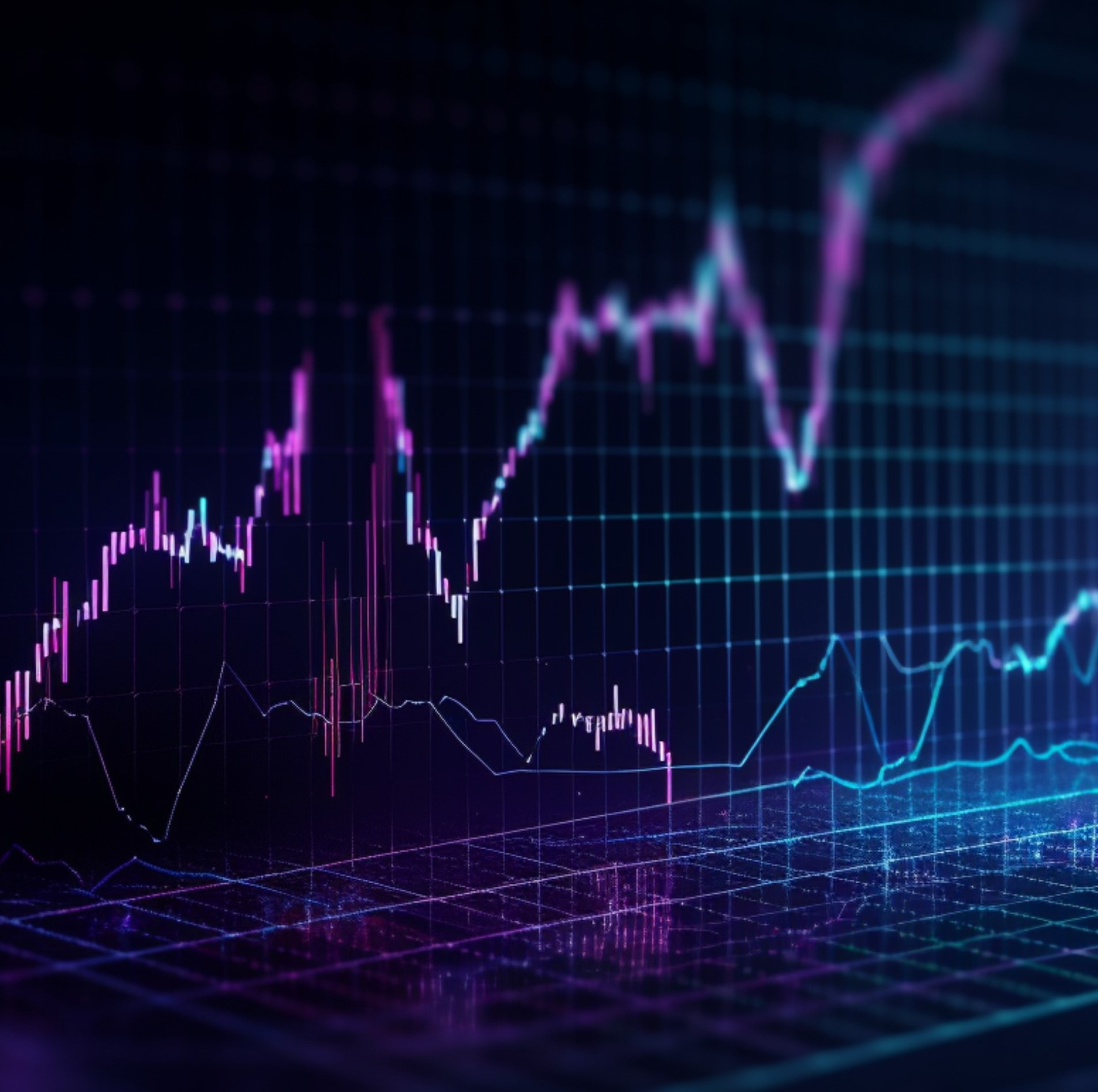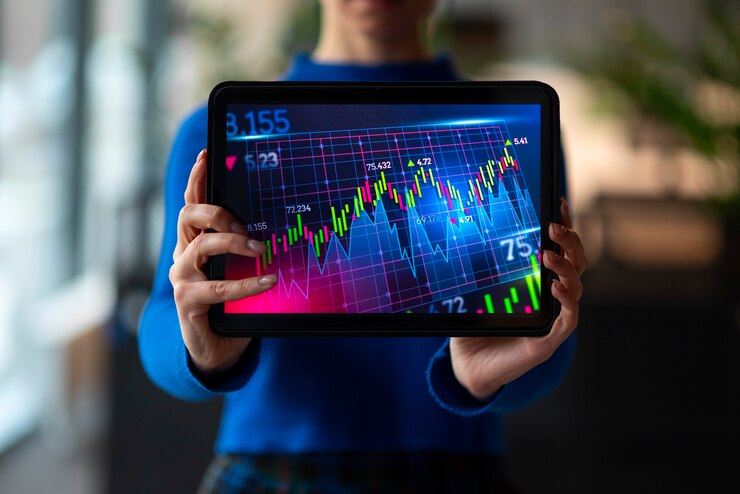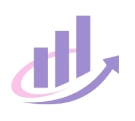How to Buy Crypto with PayPal The Complete Guide
Cryptocurrency trading has never been more accessible, thanks to platforms offering seamless payment methods like PayPal. For beginners and seasoned traders alike, PayPal simplifies the process, providing a secure and efficient way to invest in digital currencies. In this guide, we’ll explore how to buy cryptocurrency using PayPal, the best platforms for this purpose, and some tips for safe transactions. To stay updated with the latest strategies and tools, visit [TextTrades](https://textrades.com/), your go-to resource for crypto trading insights. Why Use PayPal for Buying Crypto? PayPal is one of the most trusted payment platforms globally, known for its ease of use and robust security features. By using PayPal to purchase cryptocurrencies, you can: – Avoid the need for complicated banking setups. – Make instant payments for crypto purchases. – Benefit from PayPal’s buyer protection policies. According to a 2023 report, over 30% of new crypto investors prefer PayPal for its user-friendly features and quick transactions. This trend is expected to grow as more platforms integrate PayPal as a payment option. Read Also: Best Online Broker for Stock Trading Steps to Buy Crypto with PayPal Choose a Platform That Accepts PayPal Several exchanges and platforms support PayPal for crypto purchases, including Coinbase, eToro, and Binance. These platforms offer secure transactions and a wide variety of cryptocurrencies. Create an Account Sign up for an account on your chosen platform. Complete any required identity verification processes to ensure compliance with regulations. Link Your PayPal Account Navigate to the payment settings of the platform and select PayPal as your preferred payment method. Log in to your PayPal account to authorize the connection. Select Your Cryptocurrency Browse the available cryptocurrencies, such as Bitcoin, Ethereum, or Litecoin. Choose the coin you want to purchase and enter the amount. Complete the Purchase Confirm your transaction, and PayPal will process the payment. Your purchased cryptocurrency will appear in your platform’s wallet shortly after. For a detailed walkthrough of different platforms and their PayPal integration, visit Top Platforms to Buy Crypto with PayPal Coinbase – Pros: User-friendly interface, high-security standards, and a wide variety of coins. – Why PayPal?: Enables fast and secure purchases for beginners. eToro – Pros: Offers social trading features and demo accounts for practice. – Why PayPal?: Perfect for users who want to copy trades and fund accounts easily. Binance – Pros: Low transaction fees and a wide range of advanced trading tools. – Why PayPal?: Allows instant purchases, even for smaller investments. Tips for Safe Transactions Verify the Platform’s Legitimacy: Ensure the platform is well-reviewed and uses secure encryption. Use Two-Factor Authentication (2FA): Protect your account with an additional layer of security. Start Small: Begin with smaller investments to familiarize yourself with the process. FAQ: Buying Crypto with PayPal Can I buy Bitcoin with PayPal? Yes, you can buy Bitcoin and many other cryptocurrencies with PayPal on platforms like Coinbase and eToro. Are there additional fees for using PayPal? Some platforms charge a small fee for PayPal transactions. Check the fee structure before proceeding. Is PayPal a safe option for buying crypto? Absolutely. PayPal’s robust security features and buyer protection make it one of the safest methods for purchasing crypto. What cryptocurrencies can I buy with PayPal? The options vary by platform but typically include Bitcoin, Ethereum, Litecoin, and other popular altcoins. Where can I find more resources on crypto trading? Visit Textrades for comprehensive guides, strategies, and updates on crypto trading. Conclusion Buying cryptocurrency with PayPal is one of the simplest and most secure methods for entering the crypto market. Whether you’re a beginner or a seasoned trader, platforms like Coinbase, eToro, and Binance offer seamless integration with PayPal to make your transactions effortless. For more insights, tips, and tools to enhance your trading experience, explore Textrades today. Start your crypto journey with confidence!


